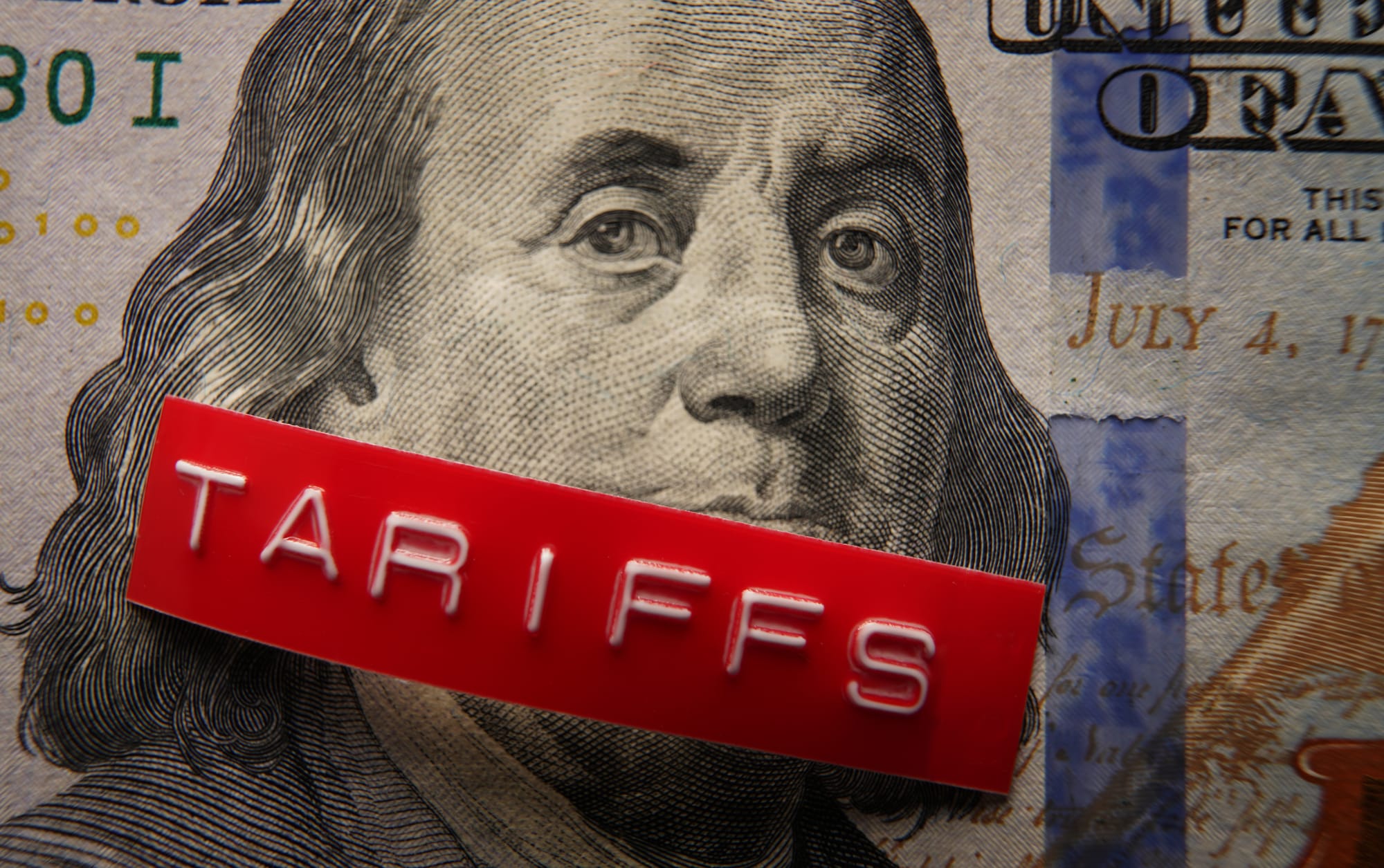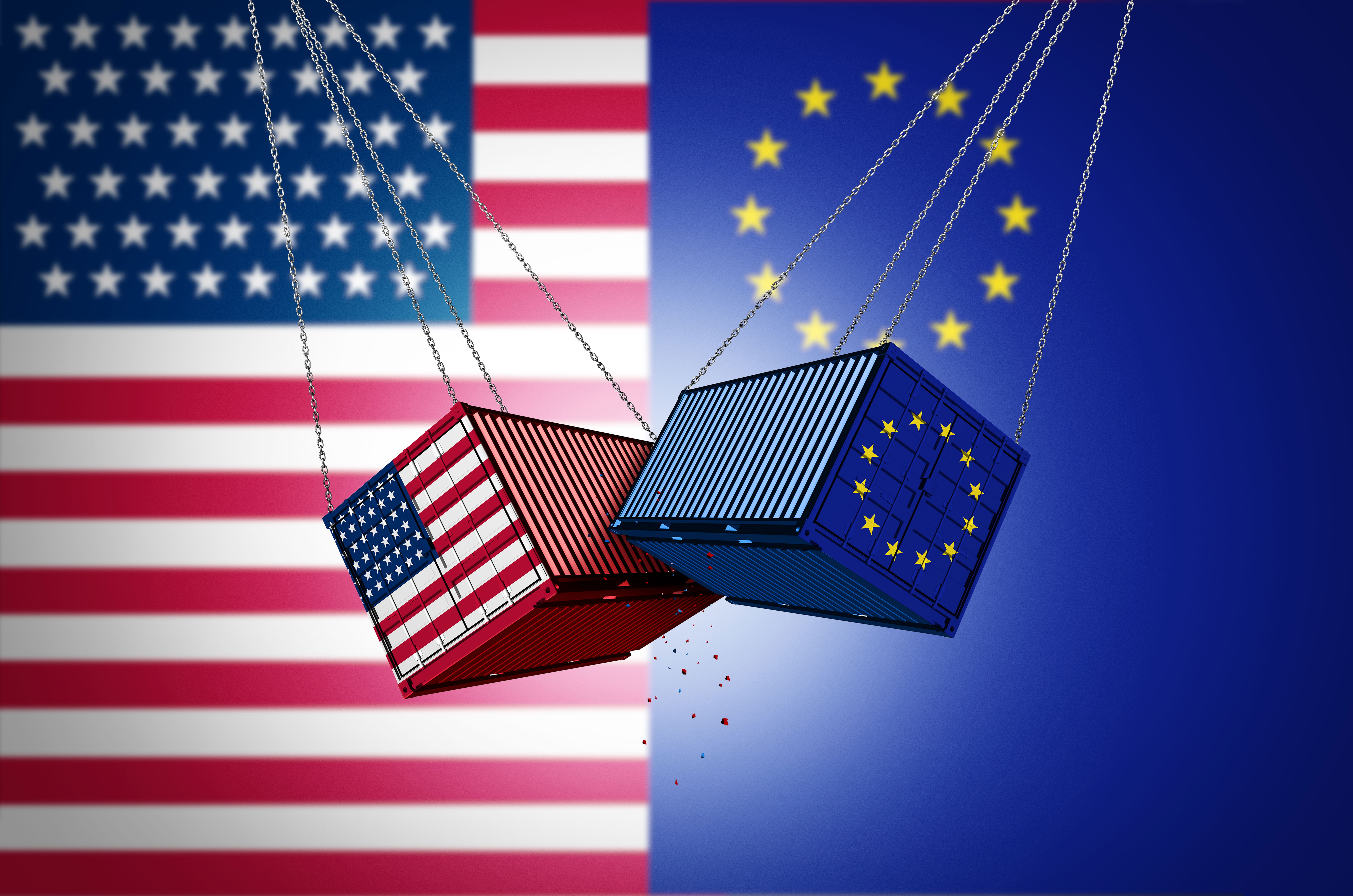Turning Tariffs Into Triumph - Why the EU’s Response to U.S. Trade Pressure May Be Smarter Than It Seems.

Published: August 2025
The 2025 U.S.–EU trade accord — signed at Turnberry between Donald Trump and Ursula von der Leyen — imposes a 15% baseline tariff on EU exports to the U.S., while eliminating tariffs on U.S. exports to the EU. The media labeled it a lopsided deal when it was announced on July 28, 2025, one day after the agreement was finalised. At first glance, the asymmetry seems to favor the U.S., prompting concern among European industry leaders — particularly those in low-margin sectors. But this interpretation misses the forest for the trees. It could be said that the EU’s decision may, in fact, be a strategic masterstroke — one that leverages internal diversity, enforces industrial discipline, and elevates the EU's global trade stature.
Rethinking the “Unequal” Deal: A Strategic Reframing
What looks like imbalance on the surface may actually be a catalyst for structural reform within the EU. Rather than a loss, the new trade reality could act as a disciplining mechanism, encouraging:
- Supply chain reallocation
- Innovation-driven adaptation
- Greater internal efficiency

1. The EU’s Internal Cost Diversity Is Its Hidden Weapon
Unlike the U.S., the EU is not a monolith — it's a multi-cost economic bloc. This diversity, often viewed as a challenge, becomes a powerful asset under pressure. High-cost exporters like Germany and France may initially feel the tariff sting, but cost-effective, high-skill economies in Poland, Romania, the Baltics, and Slovakia offer attractive internal alternatives.
Case in point:
Renault–Dacia successfully leveraged low-cost Romanian production while enhancing quality. The result? Dacia is now one of Europe’s most profitable car brands — and far more resilient to trade shocks.
2. Strategic Firms Will Adapt — or Consolidate
Not all firms will survive unchanged — and that’s the point. Low-margin, high-volume EU exporters may struggle in the U.S. market. But instead of a collapse, expect strategic consolidation:
- Larger firms will absorb vulnerable competitors
- Operations will streamline
- Focus will shift to markets outside the U.S. where tariffs don’t apply
Meanwhile: EU cohesion funds and industrial policy tools stand ready to ease the transition — ensuring adaptation doesn’t come at the cost of social cohesion.
3. Tariff-Free EU Imports: A Calculated Move
Why did the EU keep its market open while the U.S. imposed tariffs? Because it plays the long game.
- The EU maintains over 70 active FTAs, offering frictionless trade globally
- This openness enhances the EU’s reputation as a credible, rules-based trading bloc
- It increases the EU’s appeal to exporters and investors — particularly from Asia and the Global South, where skepticism of U.S. protectionism is growing
The EU is where open trade lives and that’s a powerful magnet in a multipolar world.
4. A Warning from History: U.S. Protectionism and Argentina’s Fall
Protectionist strategies aren’t new — and neither are their consequences. Consider Argentina in the 1930s. High tariffs and import substitution policies were meant to stimulate self-sufficiency. Instead, they:
- Protected inefficient industries
- Discouraged innovation
- Led to economic stagnation and global marginalization
Today, a similar risk looms for the U.S. Manufacturers may rely on price protection instead of efficiency, losing global competitiveness. By contrast, EU firms — facing pressure — are evolving to become leaner, smarter, and more globally agile.
Critics Are Right About the Short Term — But Wrong About the Direction
Yes, the 15% tariff will hurt smaller EU exporters in the short term. But shielding inefficient firms isn’t how strong economic ecosystems are built. Instead, the EU is:
- Encouraging smart adaptation
- Supporting reorganization within a rules-based framework
- Opening new avenues for growth across global markets
This isn’t naivety — it’s strategic discipline.
The Long Game Belongs to the Disciplined
At face value, the EU’s trade choice looks like a tactical loss. But strategically, it achieves three things:
- Avoids a trade war
- Triggers internal productivity gains
- Positions the EU as an open, credible global economic leader
It could very well be argued that this is not deindustrialisation, rather it’s industrial reorganisation.
And that’s how resilient economies are built — not by resisting change, but by shaping it.


